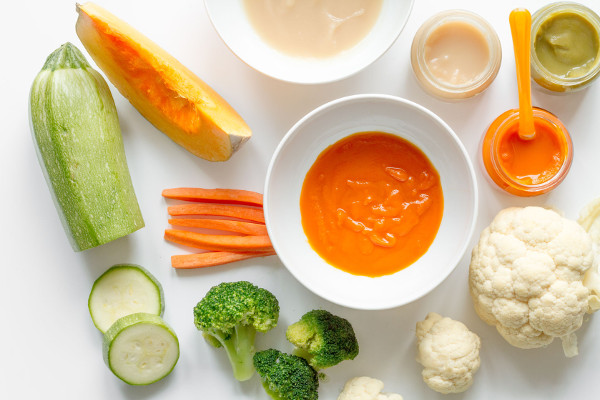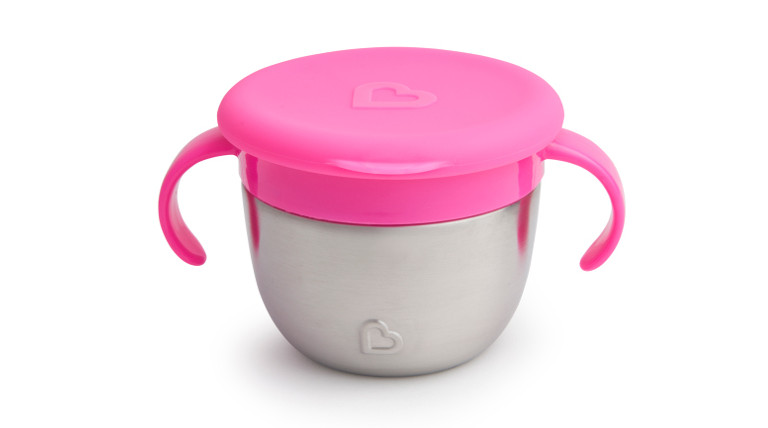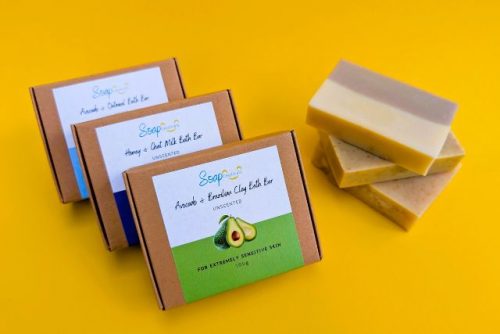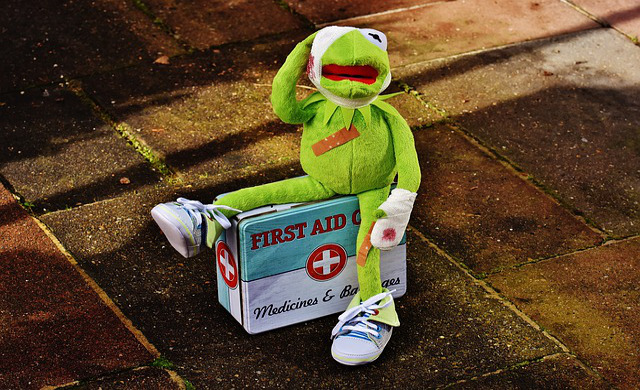One of the biggest fears new parents might have is whether their child is eating too little or too much. A rule of thumb is to observe your baby’s eating cues. Over time, you will know when he is hungry or full.

The below food schedule is a general guideline by KK Women’s and Children’s Hospital. Some babies may require more or less than the average amount.
Monitor your baby’s growth and consult your baby’s doctor or a dietitian if you need professional advice on feeding.
| Age | 6 months | 8 months | 10 months |
| On rising | Breastfeed / 150 – 180ml milk | Breastfeed / 180 – 240ml milk | Breastfeed / 180 – 240ml milk |
| Breakfast | 1 dsp of iron-fortified infant cereal Few tsp of water |
3 – 4 dsp iron-fortified infant cereal Few sips of water |
3 dsp of oatmeal ¼ of an egg (well-cooked) Few sips of water |
| Mid-morning | Breastfeed/150–180ml milk (some babies may skip this feed) | ¼ – ½ small banana Few sips of water |
½ small banana 1 baby biscuit Few sips of water |
| Lunch | 1 dsp of iron-fortified infant cereal Few tsp of water |
½ bowl rice porridge with 2 tsp finely minced meat and 1 dsp of finely chopped broccoli (medium consistency, with small, soft lumps) Few sips of water |
1 bowl rice porridge with 1 dsp minced meat and 2 dsp of cauliflower and carrots (thick consistency, with small lumps) Few sips of water |
| Mid-afternoon | Breastfeed / 150 – 180ml milk | 1 mashed potato 1 dsp mashed carrot 1 dsp of mashed baked fish. 4 tsp scraped papaya Few tsps of water |
Breastfeed / 180 – 240ml milk ¼ small apple 1 small cube of cheese ½ slice of bread Few sips of water |
| Dinner | Breastfeed/150–180ml milk | ½ egg-size potato 1 dsp carrot (mash with small amount of breastmilk or formula milk to appropriate) |
4 dsp of macaroni (soft and chopped to small pieces) 1 dsp of fish2 dsp of spinach. Few sips of water Breastfeed / 180 – 240ml milk |
| Bedtime | Breastfeed / 150 – 180ml milk | Breastfeed / 180 – 240ml milk | Breastfeed / 180 – 240ml milk |
| Night | May wake for 1-2 night feeds | May wake for 1 night feed | |
| Remarks | Average 750ml of milk per day if on expressed breast milk or formula milk |
Source: SingHealth, https://www.singhealth.com.sg
How do I know if I am feeding my baby enough?
Healthy babies generally eat just the right amount. Pay attention to your baby’s feeding cues to check if they’re eating enough. Note that your baby’s feeding patterns will change too as they grow.
Signs that your baby wants to continue eating:
1. Leaning in for the spoon
2. Opening of mouth
3. Grabbing for food
Signs that baby is full:
1. Closing of mouth when close to the spoon
2. Turning of head when close to the spoon
3. Spitting out food
Introducing Solids

Most experts recommend introducing your baby to solids after 6 months. Babies should be breastfed for the first 6 months of their life.
Introduce solids gradually. Start with one feed a day and gradually increase the quantity. The first food should be a smooth puree and of a bland taste, with a consistency slightly thicker than milk.
Wait two or three days before offering another new food. Take note of the new foods you introduce, so that you can trace back to what your baby ate in cause of any allergic reaction.
If there is family history of allergies, check with your doctor to determine the best strategy for introducing allergenic foods like eggs, milk, peanuts, wheat, soy, tree nuts, fish, and shellfish.
When introducing your baby to new tastes and textures, consider this transition: offer pureed or semi-liquid food first, then strained or mashed food, and finally small pieces of finger foods.
Foods to avoid
- HONEY
Taking honey in a young infant can lead to infant botulism. This is due to spores of Clostridium botulinum, which causes botulism. In a baby’s intestinal tract, the spores can grow and produce life-threatening toxins.
- COW OR SOY MILK
Your baby can’t digest the protein in cow’s milk and soy milk for the first year and they don’t have all the nutrients he needs. Choose infant formula or follow-on formula instead.
- LARGE FOOD CHUNKS
These can be a choking hazard. Vegetables should be cooked and cut up into bite-sized pieces as tolerated by your child. Cut fruits up before serving. Shred or cut meats into thin slices or small pieces.
- HARD FOODS
Hard sweets, nuts, and popcorn are potential choking hazards. Seeds may be too small to choke on but can get stuck in a child’s airway.
- STICKY SOFT FOODS
Avoid soft, sticky food, chewing gum and soft foods like marshmallows and jelly or gummy bears that might get lodged in your child’s throat.
- FISH
Avoid shark, swordfish, tilefish and king mackerel as these are found to have higher levels of mercury. Eat a variety of fish and check with local advisories such as AVA for any updates on safety issues.
Feeding Time is Bonding Time
Look your baby in the eye and talk to him about the food he’s eating. Feeding time is an opportunity to connect and communicate with your baby. It helps build your sense of security and trust.
It’s A Steel!

Munching on the go? The Munchkin Shine™ & Snack+™ Stainless Steel Range offers safer, more durable alternatives to plastic or glass products. They are safe, free from BPA and PVC, are 100% recyclable and the green way to go. The Munchkin Snack+™ Stainless Stain Snack Catcher ($29.90) can keep your little one’s snacks fresh for home, day care or on-the-go.
Now available online at major department chain stores and at Infantino showroom. For more info, visit www.infantino.com.sg.
This was first published in our e-book Your Baby’s Feeding and Growing Years.
Like what you see here? Get parenting tips and stories straight to your inbox! Join our mailing list here
Want more comprehensive info? Check out our e-guides here.



























































Leave a Comment: